The comprehensive study, which assesses the quality of stroke survivors’ physical activity, offers insights into how factors such as fatigue, sleep and social interaction can impact the quality of life and care for these patients.

SIT’s Asst Prof Choo Pei Ling (2nd from left) is working on a research project to understand stroke survivors' physical activity, sleep and social interaction patterns. (Photo: Choo Pei Ling)
With activity trackers attached to his wrists and ankles, a stroke patient in a nursing home gingerly tried a new upper limb exercise under the watchful eye of his physiotherapist, Kam Jia En, who is a Singapore Institute of Technology (SIT) research assistant.
Even after nine hours of careful observation while sitting at a distance from the patient to avoid distracting him, Ms Kam still paid close attention to his every move. Using a behavioural map, she took notes of when, where and with whom he undertook his physical activities.
This data collection is part of a research project that aims to understand stroke survivors' physical activity, sleep and social interaction patterns. Led by Assistant Professor Choo Pei Ling from SIT’s Health and Social Sciences Cluster, the project stands out for its challenging but much-needed research on the quality of physical activity in stroke survivors.
"To the best of our knowledge, this is the most extensive study of its kind in Singapore that incorporates the qualitative aspects of physical activity in behavioural mapping, together with quantity,” said Asst Prof Choo, who presented the behavioural map protocol at the 12th World Congress for Neurorehabilitation in December 2022.

Asst Prof Choo’s study on stroke survivors' physical activity reveals how factors like fatigue, sleep, and social interaction affect their quality of life and care. (Photo: Shutterstock)
Going For Quality
Unlike most stroke studies, which focus on the quantity of physical activity, Asst Prof Choo’s research team took on the laborious but important challenge of tracking the quality of the activity. In the project’s first phase, the study designed a behavioural map, deemed the gold standard for mapping detailed physical activity because it involves direct observation.“
Tracking quality can be very onerous. In our study, our research team observed each of the 64 stroke survivors for up to nine hours, documenting details such as whether the patient’s movements were functional, whether they engaged one arm or two, and more. For comparison, we observed stroke survivors and 96 other community-dwelling stroke survivors who wore three activity monitors for 24 hours,” Asst Prof Choo explains.
Researchers need to observe the stroke survivors following a sampling rate. For instance, every 10 minutes, a researcher will spend one minute observing the actions of a stroke survivor. This process repeats itself for nine hours.
Collecting such detailed data using a behavioural map can help clinicians and caregivers design effective strategies not just to increase the amount of physical activity for stroke survivors, but also to improve the quality to boost their functional recovery.“
Just because you are walking further does not mean you are walking normally,” explains Asst Prof Choo. For example, a stroke survivor who limps badly for 20 steps may not be recovering as well as another patient who can walk with the correct gait pattern for five steps.
Overcoming Challenges
The complexity of collecting data for this project was heightened by two factors: its scale and the COVID-19 pandemic. The research study was designed to cover significantly more ground by involving community-dwelling and residential stroke survivors across eight healthcare institutions, to capture data in various rehabilitative settings. Data collection for this study, which began in November 2021, became even more challenging because of the pandemic.
“We ran into many obstacles due to the pandemic restrictions. We could not replace the in-person observations with virtual sessions as it was not easy during the pandemic to enter hospitals; we had to avoid lockdown wards, and the number of stroke patients in residence was also much lower during the pandemic,” recounted Asst Prof Choo.
Ms Kam, the research assistant, along with 11 SIT Physiotherapy students who undertook the real-world applied research as part of their Honours research, persisted with the data collection, which was initially scheduled for completion by October 2021.
They finally completed the task in April 2023, with the support of eight industry partners, including Ang Mo Kio Thye Hua Kwan Hospital and Kwong Wai Shiu Hospital. “We are very grateful for such a strong network of partners, whose trust in us enabled us to collect the data properly,” said Asst Prof Choo.
Impact on Research and Community
The project received $100,000 from the SIT Ignition Grant, and $30,600 in-kind contribution from Kwong Wai Shiu Hospital, and is currently disseminating the baseline data.
Some notable findings include the relatively sedentary and solitary patterns of behaviour for stroke survivors, with those in residence typically spending most of their day alone in bed or beside the bed. 28.1% felt satisfied with their social relationships, while nearly one-third (30.6%) reported feeling lonely some, most or all of the time. These findings were selected for an oral presentation at the Asia Pacific Stroke Conference 2023.
At the conference, Asst Prof Choo also received the "Best Young Investigator Award 2023" for her work’s impact on research and community. The remaining findings will be published in other international conferences and scientific journals, covering topics such as stroke survivors’ recovery of motion in lower and upper limbs, their social networks, levels of boredom, and sleep quality.

Asst Prof Choo (second from left) received the "Best Young Investigator Award 2023" for her work’s impact on research and community at the Asia Pacific Stroke Conference 2023. (Photo: Pei Ling)
“The hope is that stroke survivors in Singapore will not just regain pre-stroke motor patterns, but also improve their social interactions and feelings of positivity, all of which can contribute to a better quality of life,” said Asst Prof Choo.
Geetha Kunasaigaran, a principal physiotherapist in Ang Mo Kio-Thye Hua Kwan Hospital, who had collaborated with Asst Prof Choo’s team on the research, shared: “The behavioural map allows us to understand the meaningful time spent by stroke patients in hospitals and what can be done to improve their care further. It can continually be used to track and optimise physical activity in residential stroke patients.”
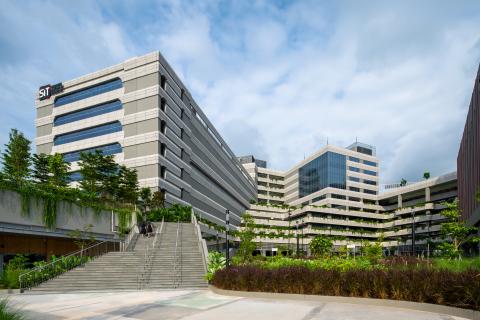
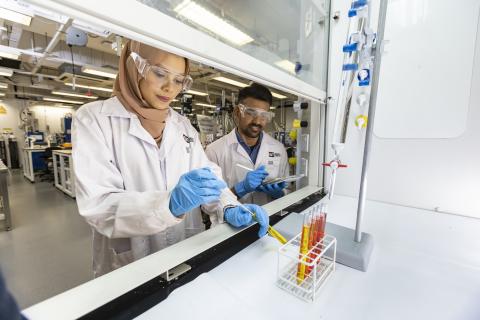

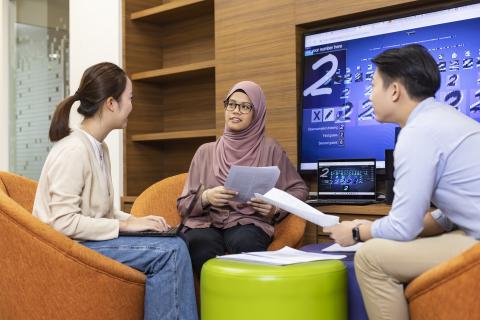


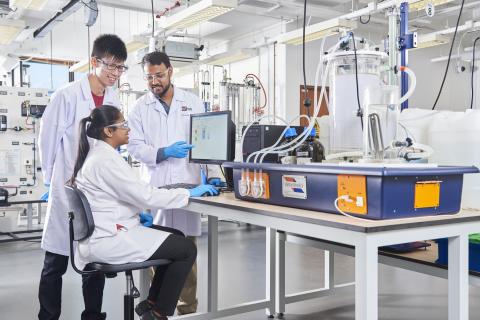
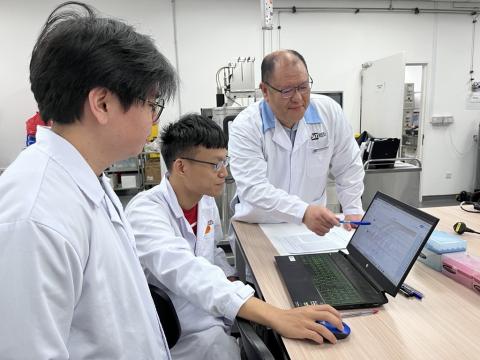
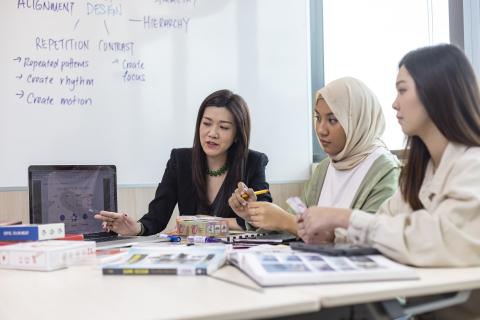

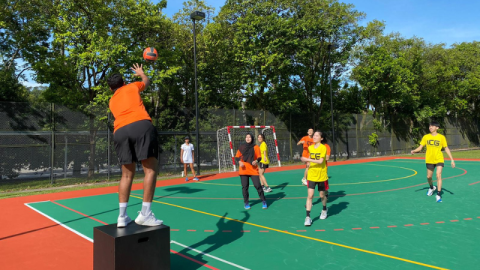
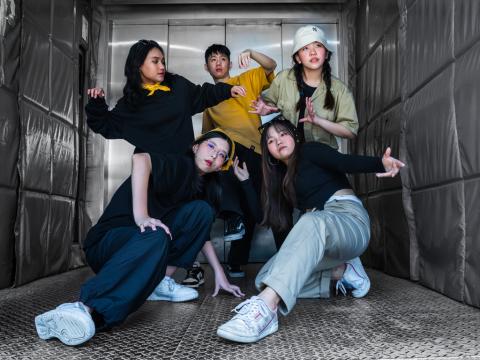
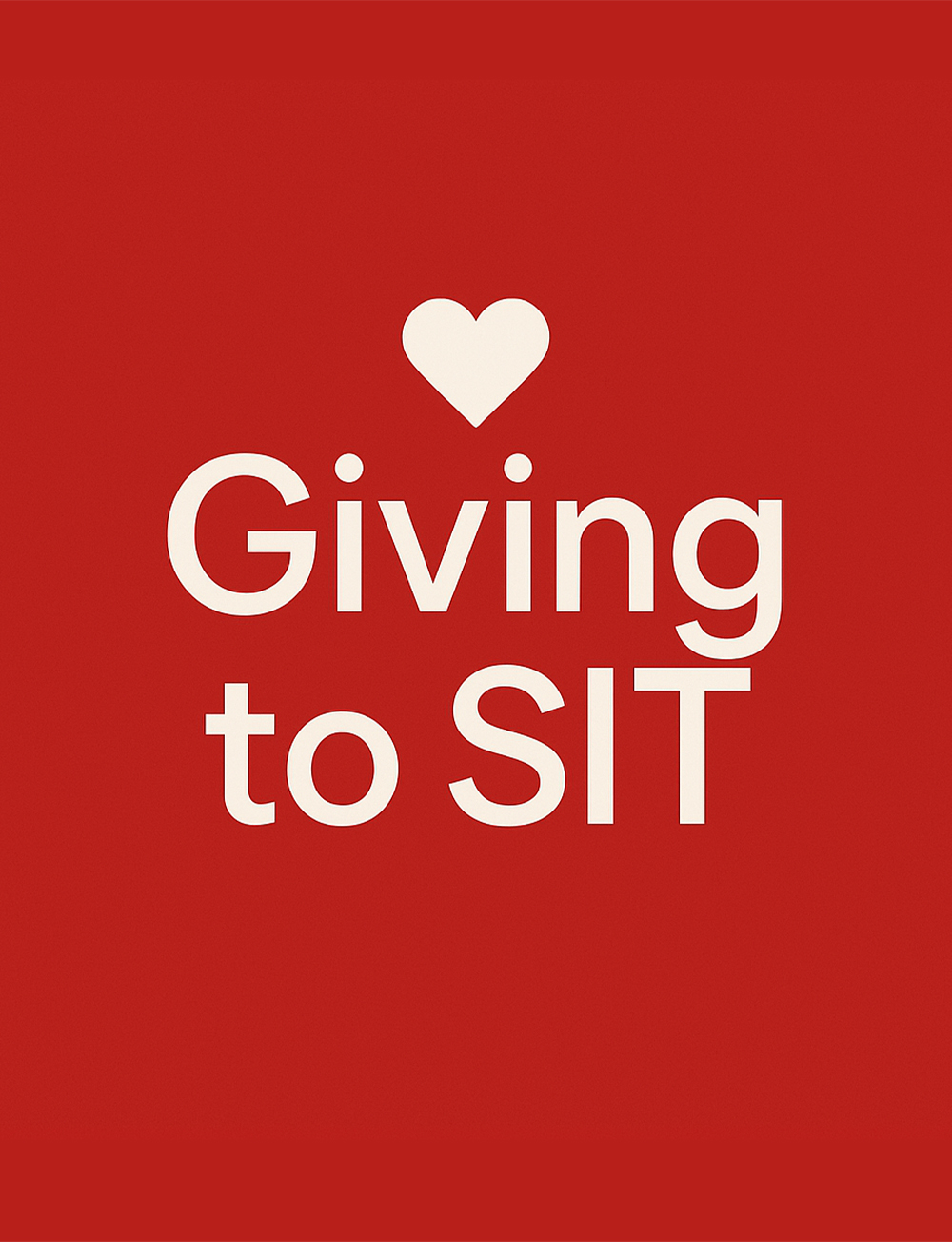
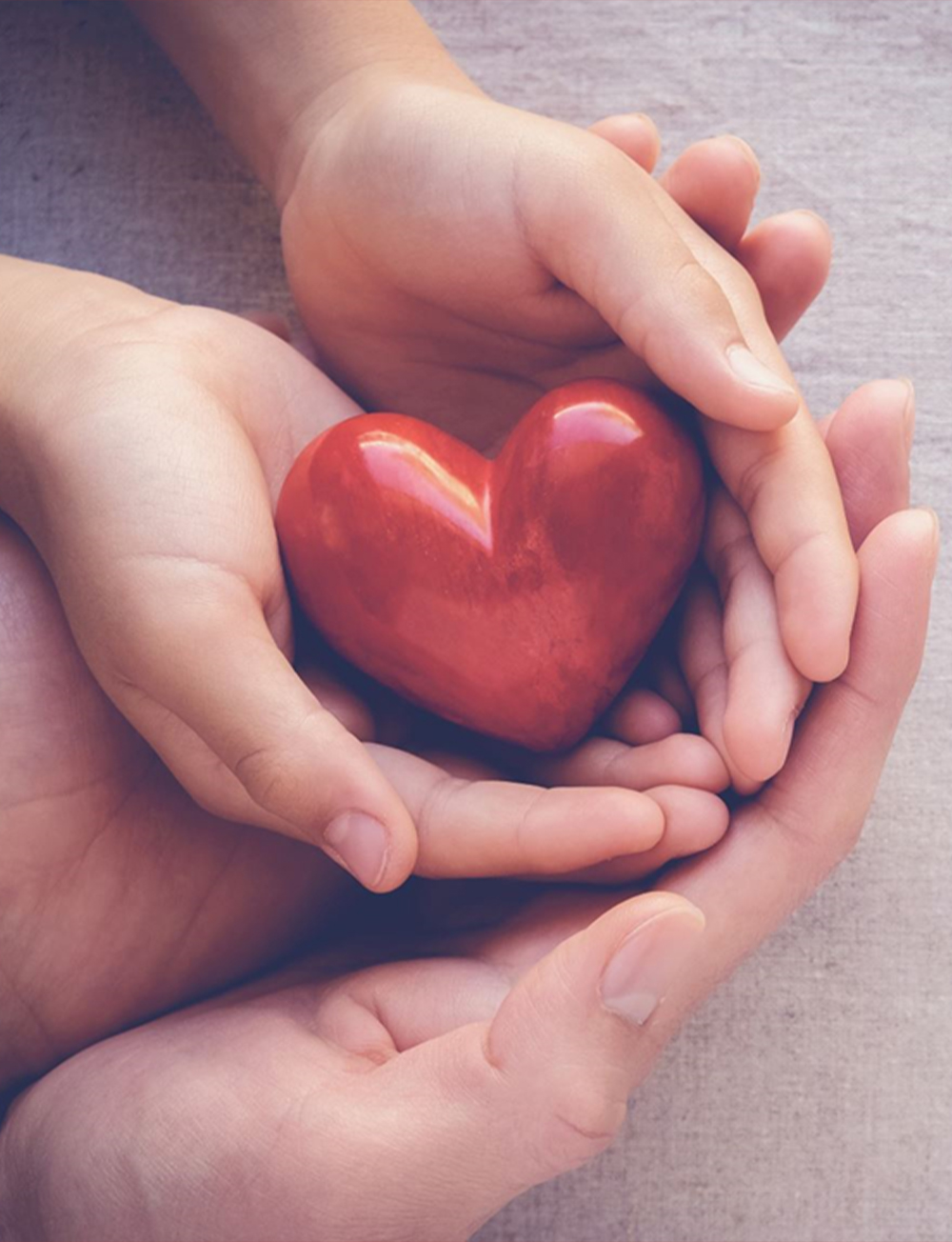

![[FA] SIT One SITizen Alumni Initiative_Web banner_1244px x 688px.jpg](/sites/default/files/2024-12/%5BFA%5D%20%20SIT%20One%20SITizen%20Alumni%20Initiative_Web%20banner_1244px%20x%20688px.jpg)


